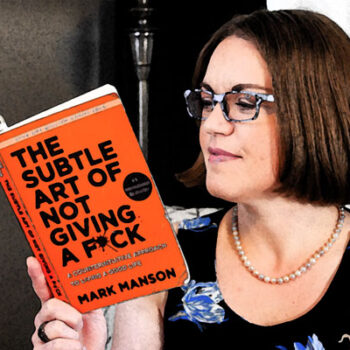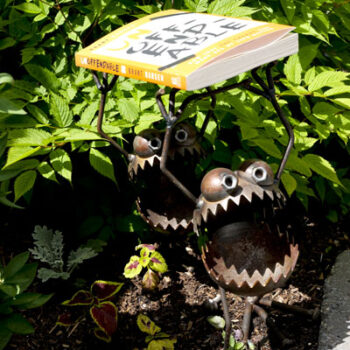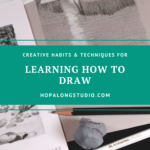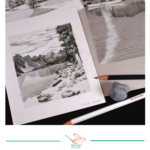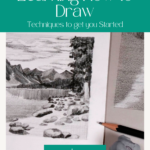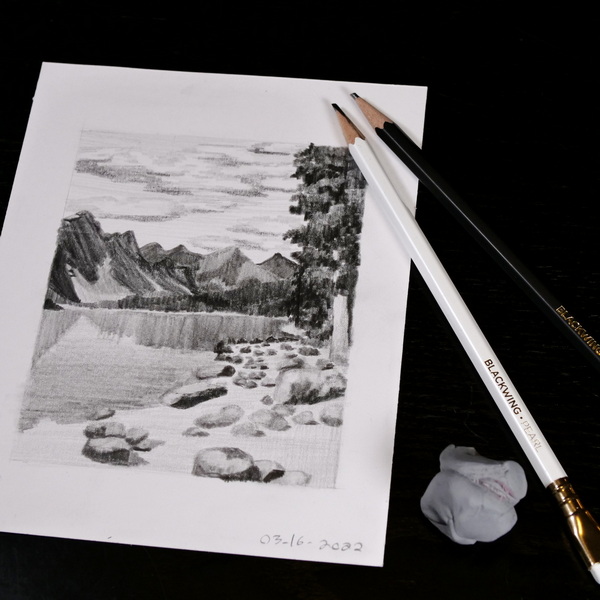
My Journey in Learning How to Draw
Learning how to draw can feel challenging and intimidating. Many of us learn to draw as children but don’t practice drawing as we get older. As an adult, how do we regain our drawing skills and improve on them? Today I will be sharing a few simple ideas to start you drawing again and my personal journey in this process through a drawing course.
I Can’t Draw
Have you ever told anyone that you can’t draw? I have said these words too many times over the last few years. Learning how to draw has always been an area where I struggled. Often I compared my work to others and felt that my drawings did not measure up. I believed that I couldn’t draw and would always struggle with this skill. Over time I convinced myself that I couldn’t draw.
Moving Past Limiting Beliefs
This limiting belief has held me back for so many years. Eventually I saw that if I wanted to create art I loved, I would have to face my fears about drawing.
As I have been learning to paint, it was clear that I needed to learn basic line drawing skills to help me define shapes. Urban sketching fascinates me, so learning to draw had to start being part of my artistic practice. It forced me to try to move past my limiting belief.
I started by learning how to draw on my own. The process has been slow and frustrating and very inconsistent. I decided to seek out more instruction.
Developing New Skills
A few months ago, one of my favorite YouTubers, @Ian Roberts, was offering an online drawing class. It was specifically meant for painters wanting to work on their drawing skills.
I was intrigued by this class and decided that it couldn’t hurt to try to get some help with drawing. If anything, if it would move me past my frustration with drawing, it would be worth it. I didn’t have a lot of expectation. My hope was that perhaps I would pick up some decent drawing skills somewhere along the way.
Little did I know how much this class would change my perspective on drawing and the artistic process.
Building a Drawing Habit
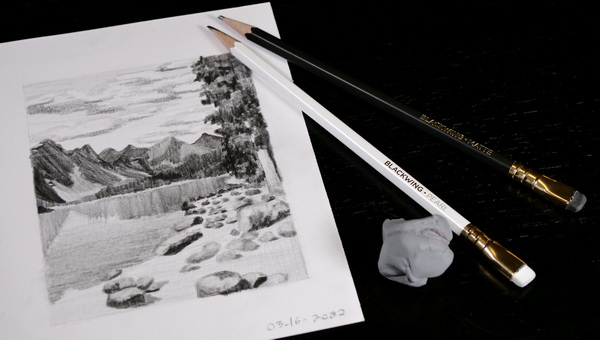
Accountability & Community
One of the best things about the drawing class was the strong accountability aspect. This wasn’t just an online class that you purchased and worked at your own pace. This class had weekly Zoom calls with a lecture and time for questions and answers. This was on top of the weekly curriculum. I was drawing almost every day just to get through the curriculum by the following week.
The accountability also came through critiques. We were assigned small online groups where we posted our work and critiqued each other’s drawings. It was an amazing way to build community with people around the world. I learned how to receive critiques and give critiques in an honest but encouraging way.
The accountability in this course and the sense of community and learning from others was so valuable. Instead of being alone in this journey, I had people that I was journeying with through the process. It helped me push past my doubts and encouraged me to complete my drawings each week so that I could share them with others. I also was able to encourage others.
Building Skills
One of the hardest things about learning how to draw is to build skills. We learn to draw as children, so we often assume that the skill should come easily. I find the hardest part about drawing is slowing down, finding mindfulness, and working on skill building.
The first skill I learned was basic mark making and gradation. We didn’t even start with drawing an image! I was so ready to rush through to the end, so I had to learn to slow down and embrace the process.
We focused on the idea of craft, which is building skills with repetition and mindfulness. It takes time and repetitive practice to g et the brain and hands to cooperate to get beautiful, smooth gradations and even pressure.
Changing Perspective
I have started to see my work from a different perspective over the last few weeks. When I shared my work, I received so many positive comments. The people in my group would comment on how they loved my shading and wish they could draw more like me.
I was so surprised by these kind comments because I considered myself a beginner. I didn’t consider my work something that other people would want to copy. It made me change my perspective on my skill and my drawings.
I realized how many art skills I have picked up through the years of my painting and mixed media courses. Even though I don’t draw a lot, many of the skills I have learned through painting and other art mediums were transferrable to drawing. I realized that I often judge my work and that by seeing it through someone else’s eyes, it can give me a different perspective.
Drawing Skills to Practice
Through this drawing course I learned some new skills that I think everyone learning how to draw should incorporate into their drawing practice.
Grid Every Drawing
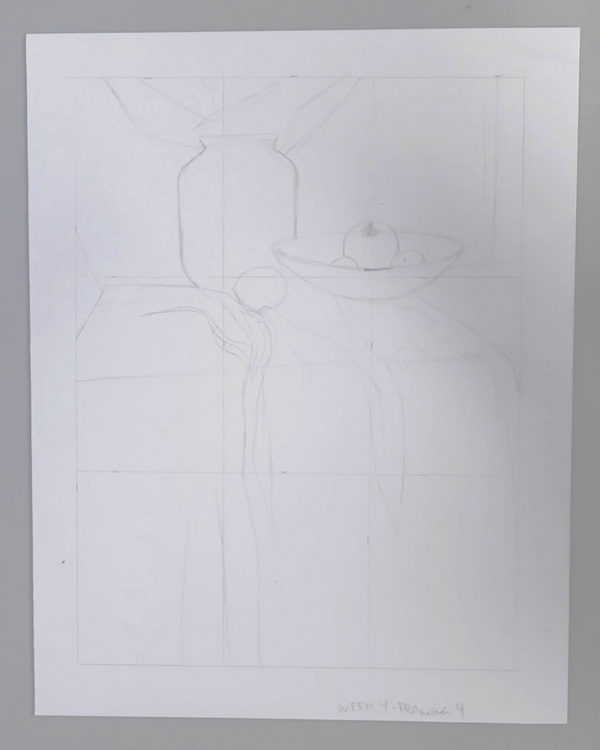
One of the most valuable lessons I learned was to grid every drawing. Whether or not you are doing a painting or a drawing, this is the best way to make sure that you have great composition.
I have gridded my drawings from time to time, but it was usually only complex images. After taking this class, if you are using photos as a reference image, make sure to grid your drawing. This goes a long way in helping you understand composition, shapes and how images sit in the picture. This will save you so much time and frustration as you’re learning to draw shapes.
If you would like to understand more about how to grid a drawing, visit my article “How Grid Drawing Can Improve Composition”.
Gridding drawings will help you learn how to draw in perspective. It was amazing that the more I drew, the more I realized that what I think I see and what is the correct proportions are not the same thing. By always gridding your drawings and paintings, you will spend a lot less time fixing things later.

A quick tip: If you are gridding a canvas surface for acrylic painting, use a watercolor crayon. It will stay on the surface until you wash it away with water or paint. This is a great way to add your grid lines but makes them easy to remove once they are no longer needed.
Simplifying Images
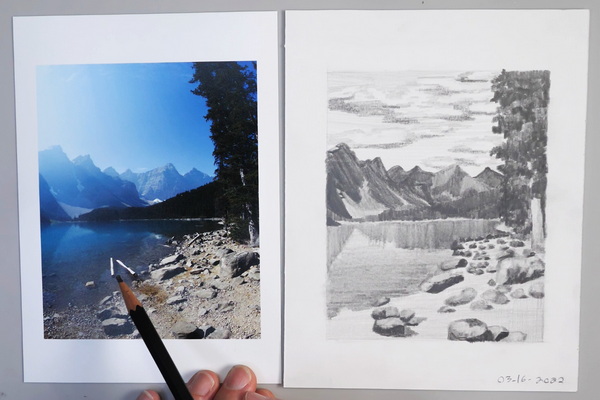
I tend to want to add in every detail that is in my refence photo which can be overwhelming. This is where I used to get stuck and would give up on drawing.
An important lesson I learned from this drawing class was to look at everything as a shape. By focusing on the overall shapes and drawing them, this prevented me from getting overwhelmed in the details. You can choose to add in the details later or leave them out entirely. It’s amazing how the brain will fill in the rest of the details.
Learning how to draw in shapes and simplify my images has given me so much more confidence in both painting and drawing.
Line Drawing vs. Value Drawings
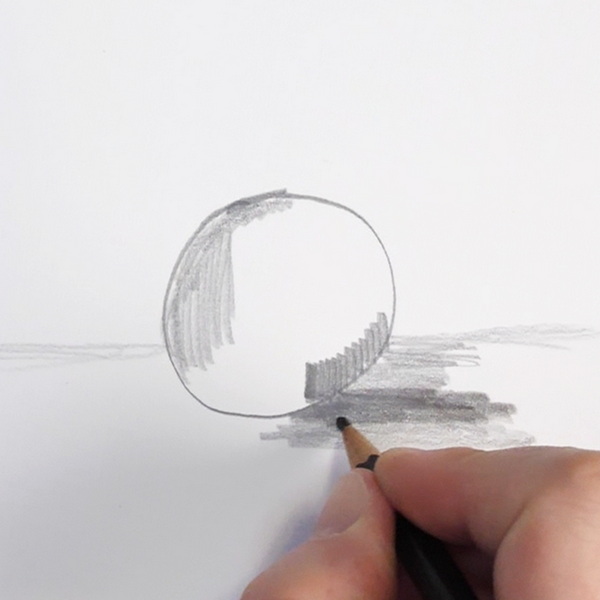
As children we are taught how to line draw. This can make the transition hard to move from line drawing to value drawing when we want to improve our creative skills.
I have often felt like drawing skills and painting skills were far apart regarding skill set. I saw drawing as line drawing while I saw painting as creating shapes. They seemed to have almost nothing in common.
One of the most valuable skills that I learned from this course was to start with a basic line drawing and add value masses. This brings in shading, showing shadows and highlights and perspective into my drawings. This moved my drawings from sketchy line drawings to purposeful shaded pictures. This technique helped me relate drawing to painting and allows me to draw and paint with more confidence.
Before and After
So here are some of the first drawings that I created in the class.
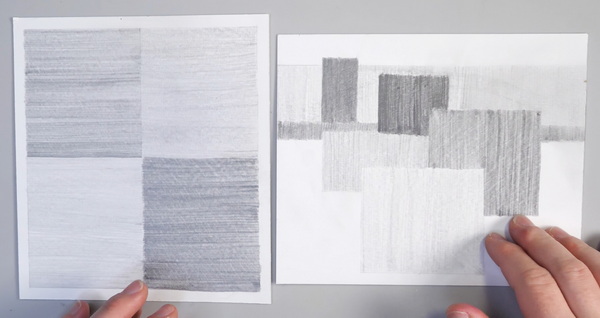
Here are the ones that I completed in the last week. I was amazed that in a 6 week period of time how much I advanced my drawing skills!
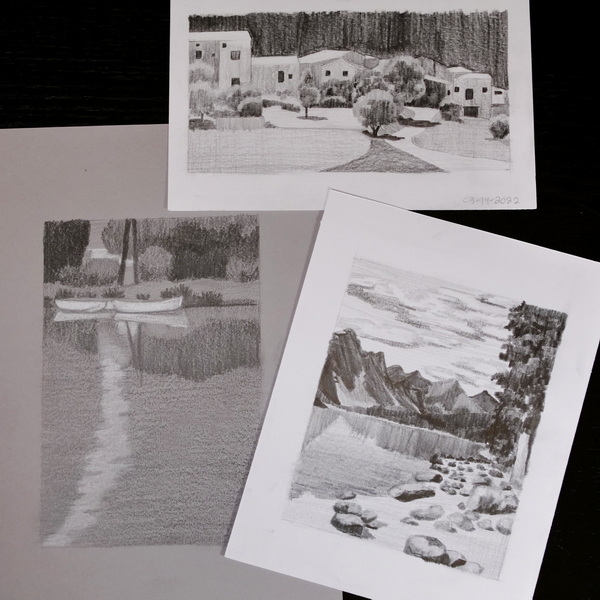
Where Are You at In Your Drawing Practice?
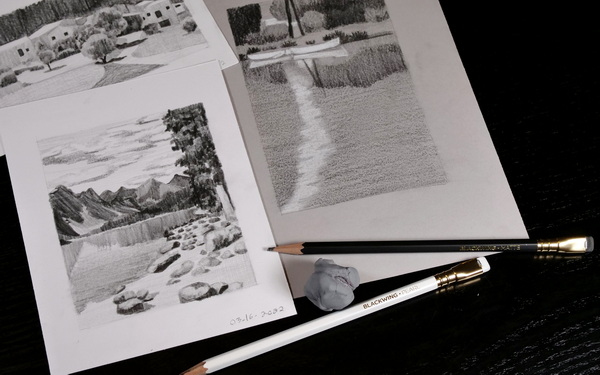
Is drawing part of your creative practice? Are you intimidated by drawing or does it come easily to you? I hope that this has given you ideas for techniques to use when learning how to draw. If you are interested in this course, please check out Ian Robert’s website. Please note that I am not affiliated with him, but I wanted to share with you an instructor that has helped me so much in my creative practice.
I hope that this has encouraged you to work on your drawing skills. I would love to know where you are in your drawing journey or if you have any questions or comments. Please leave a comment below and I would love to start a conversation with you!
Project Supply List
- Strathmore Bristol Paper
- Caran D’Ache 3B & 6B Pencils
- Blackwing Matte Pencil
- FaberCastell 2B Pencil




